
The Bugs as Materials internship offers a unique opportunity for local high school students to immerse themselves in cutting-edge research at the intersection of biology, biomaterials, computational biomaterials, engineering, and materials science. This hands-on program explores the fascinating role of microbes in creating sustainable materials and understanding their impact on health, industry, and the environment.
Participants will work alongside College of Engineering faculty in Carnegie Mellon University engineering labs, contributing to projects focused on microbial/cell growth, biofilm formation, and the development of novel bio-based materials. Students will gain exposure to scientific research methodologies, laboratory techniques, and real-world problem-solving skills, preparing them for future academic and career pursuits in STEM fields.
Program objectives
Introduce bio/chemical engineering concepts
Provide hands-on research experience
Foster scientific and technical skill development
Strengthen communication and presentation abilities
Promote college readiness and career/academic exploration
Encourage teamwork and mentorship engagement
Gallery
Application process
Program details
- Program runs from July 1 to July 31
- Tuesdays through Thursdays
- 9 a.m. to 2 p.m.
- Housing will not be provided
Eligibility requirements
- Must be 16 years or older by the program start date
- Must have a Pennsylvania Work Permit
- Must be a high school student in 11th or 12th grade at the time of application submission
- Must be a U.S. citizen or permanent resident
Application timeline
- Application opens at the beginning of February (link will be available on this webpage)
- Application deadline at the end of February
- Applicants notified of decisions in early May
Application requirements
The Bugs as Materials online application will include more specific information regarding requirements. However, applicants can expect the application to include the following:
- Online application form
- High school transcript submission
- Resume submission
- Pennsylvania Work Permit submission
- Short answer questions
- One reference
Application essay prompts
Maximum of 300 words each
- Why are you interested in participating in research?
- Have you conducted any prior research? If yes, briefly describe the project and your role.
- What do you hope to gain from this experience?
- What are your career aspirations?
Faculty mentors

Tagbo H.R. Niepa
Arthur Hamerschlag Associate Professor
Chemical Engineering, Biomedical Engineering
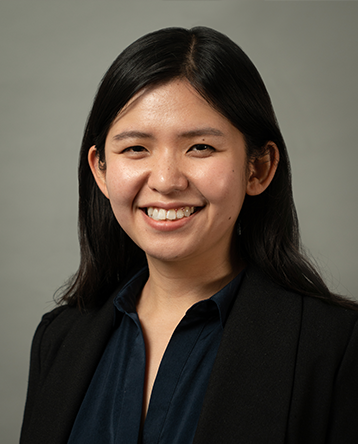
Daphne Wui Yarn Chan
Assistant Professor
Chemical Engineering

Carl Laird
Department Head and John E. Swearingen Professor
Chemical Engineering
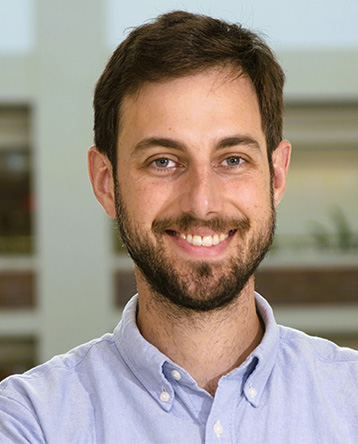
Derin Sevenler
Assistant Professor
Chemical Engineering
Program coordinator

Ann Badia
Doctorate
2024-2025 cohort

Eshal Ahmad
Grade 12, Sewickley Academy, Sewickley PA

Manith Bannenahally
Grade 12, Spring Valley High School, Columbia SC

Mitchell Braidic
Grade 12, Montour High School, McKees Rocks PA

Josephine Courtney
Grade 11, Sewickley Academy, Sewickley PA

Caroline Kain
Grade 12, Sewickley Academy, Sewickley PA
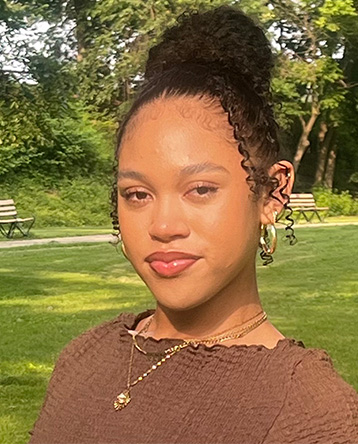
Laila Strothers
Grade 12, Oakland Catholic High School, Pittsburgh PA
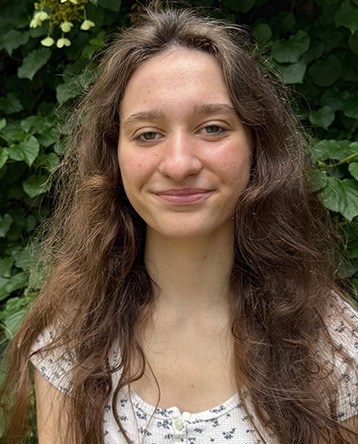
Grace Webb
Grade 12, Sewickley Academy, Sewickley PA

Evelyn Zutter
Grade 11, Quaker Valley High School, Leetsdale PA
2023-2024 cohort
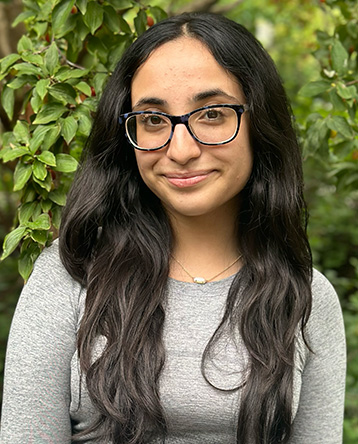
Samaira Bhat
Grade 11, Sewickley Academy, Sewickley PA
Project: Bugs as Electroactive & Photocatalytic Bandaid
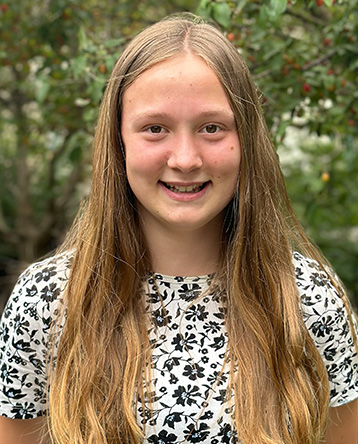
Marann Buckanovich
Grade 12, Winchester Thurston School, Pittsburgh PA
Project: Bugs as Electroactive & Photocatalytic Bandaid
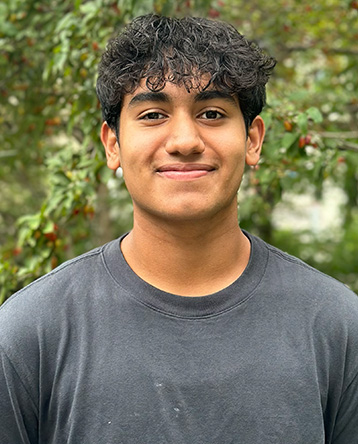
Karan Kad
Grade 12, Sewickley Academy, Sewickley PA
Project: Bugs as Antibiotic-Producers

Caroline Kain
Grade 11, Sewickley Academy, Sewickley PA
Project: Bugs as Antibiotic-Producers
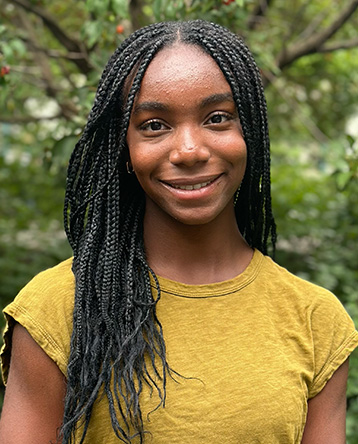
Herlynn Niepa
Grade 11, Sewickley Academy, Sewickley PA
Project: Bugs as Electroactive & Photocatalytic Bandaid
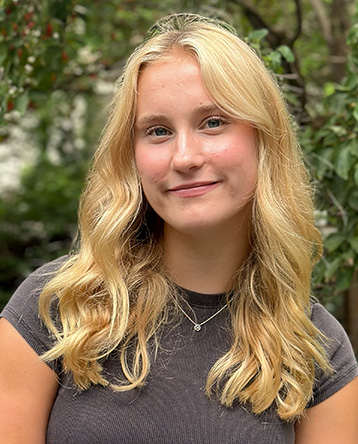
Quincy Sirko
Grade 12, Sewickley Academy, Sewickley PA
Project: Bugs as Electroactive & Photocatalytic Bandaid

Twisha Trivedi
Grade 12, South Fayette High School, McDonald PA
Project: Bugs as Antibiotic-Producers
Publications
- Levin, D. S., Cue-Royo, C. S., Johnson, D. J., Gosh, S., Balmuri, S. R., Usman, H., Martínez Vásquez, S.M., Yedusoss, D.K., Djire, A., Mostafa, B., Niepa, T.H.R. Engineering an electroactive bacterial cellulose-carbon nanotube composite membrane against Staphylococcus aureus. Biofilm 10 (2025) 100305.
- Bhat, S., Buckanovich, M.S.R., Niepa, H.E., Sirko, Q.R., Kad, K., Kain, C.M., Trivedi, T.S., Usman, H., Martínez Vásquez, S., Niepa, T.H.R. (2024). Powering up Against Pathogens: The Future of Bandages Using Electricity and Light. (Under review).
- Kad, K., Kain, C.M., Trivedi, T.S., Bhat, S., Buckanovich, M.S.R., Niepa, H.E., Sirko, Q.R., Usman, H., Martínez Vásquez, S., Niepa, T.H.R. (2024). From Soil to Drug: The Antibiotic Journey of Actinomycetes. (Submitted).
STEM paths for past participants

Daniel Levin participated in the Bugs as Materials program from 2021 to 2023 and is now majoring in biological sciences at Duke University. During the two years spent in the program, Daniel worked on engineering bacterial cellulose with carbon nanotubes to eradicate S. aureus. He generated publication-quality data to elucidate the mechanisms of cell killing using this novel material. Daniel presented his work at various venues as part of his professional development and received multiple prizes, including being named one of the Top 300 Scholars from the Regeneron Science Talent Search, the Society for Science and the Public ($2,000 award), and the 2023 Davidson Fellowship Award, with a total amount of $50,000.

Quincy Sirko participated in the Bugs as Materials program in 2024 and has since continued to pursue her passion for STEM through mentorship and academic achievement. For her senior project, Quincy mentored students at Baden Academy Charter School in their Media Lab program, which empowers students to explore passion projects in areas such as robotics, 3D printing, and engineering. She supported students in developing technical and communication skills through projects that combined STEM with language arts, including book writing and educational video production. Quincy recently graduated from Sewickley Academy with high honors distinction. She was recognized as the school's Most Outstanding Female Athlete, an award given to the athlete who has had the most significant impact on the school's athletic program. She also earned WPIAL All-Section honors for softball in her senior year. Quincy will attend Carnegie Mellon University as a student in the Mellon College of Science.
Support the Bugs as Materials program
Early research opportunities inspire the next generation of engineers. Thank you for supporting students!










